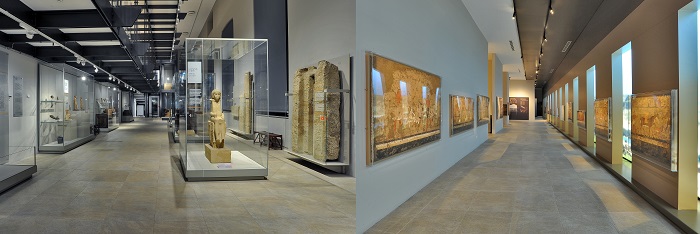
Restructuring of the Egyptology Museum, Turin, Italy (project by: Isolarchitetti), In&Out Percorsi Extra vitrified ceramic floors by Ceramiche Keope.
Technology, good looks, high performance ratings and environmental respect are the distinctive traits of ceramics designed and manufactured in Italy, resulting from ongoing investments in research and development and an international vision projected into the future, which are part of the DNA of all the Italian companies united under the brand “Ceramics of Italy”.
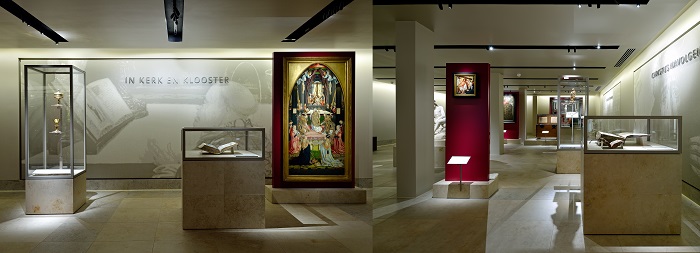
Catharijne Convent Museum, Utrecht, Netherlands (project by: KinKorn), floors made of Pietra Jura vitrified tiles by Coem. ©Mike Bink
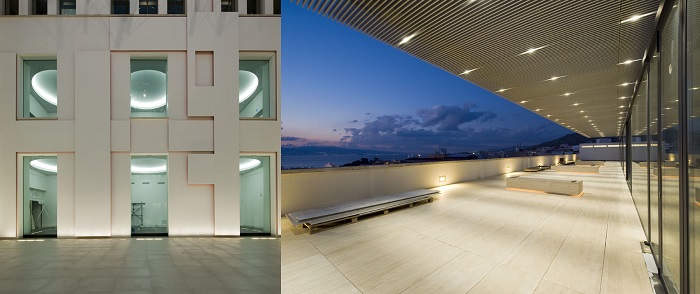 Restructuring of the National Archaeological Museum in Reggio Calabria, Italy (project by: ABDR Architetti Associati), vitrified tiled floors in Road and Office colours from Cotto d’Este’s Over collection. ©Moreno Maggi / Salvatore Cavalli / AGF.
Restructuring of the National Archaeological Museum in Reggio Calabria, Italy (project by: ABDR Architetti Associati), vitrified tiled floors in Road and Office colours from Cotto d’Este’s Over collection. ©Moreno Maggi / Salvatore Cavalli / AGF.
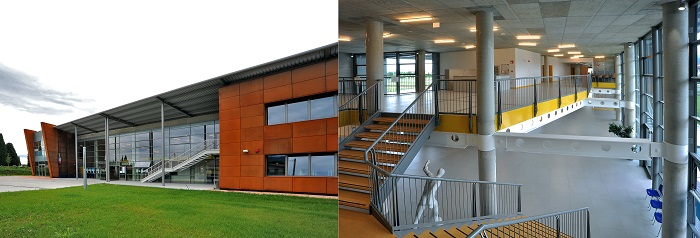 "Bellavitis” School Institute, Bassano del Grappa (Vicenza), Italy (project by: Studio Zoncheddu & Associati), vitrified floors from Panaria Ceramica’s Experience range. ©Luciano Busani.
"Bellavitis” School Institute, Bassano del Grappa (Vicenza), Italy (project by: Studio Zoncheddu & Associati), vitrified floors from Panaria Ceramica’s Experience range. ©Luciano Busani.
The constant quest for innovation in the manufacture of new formats, textures and colours that are increasingly sophisticated and natural looking, technically perfect, flexible and versatile to install, has opened up new realms of application for ceramic products. Vitrified ceramics are now one of the most popular and widely used materials for cladding the interiors and facades of cultural locations (museums, art galleries, libraries, schools etc.).

Ronco all’Adige Library (Verona), Italy, ventilated façade and outside cladding made of Advance and Sunrock vitrified tiling Atlas Concorde.
 IULM, Milan, Italy (project by: 5+1AA Alfonso Femia Gianluca Peluffo), outside coatings made of Gresplus vitrified tiling from the Casalgrande Padana’s Diamante R20 range. ©Ernesto Caviola
IULM, Milan, Italy (project by: 5+1AA Alfonso Femia Gianluca Peluffo), outside coatings made of Gresplus vitrified tiling from the Casalgrande Padana’s Diamante R20 range. ©Ernesto Caviola
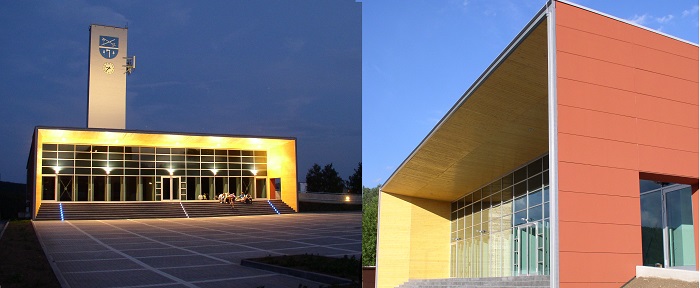
Media Library and Community Centre, Mokrá-Horákov, Czech Republic (project by: Petr Hovořák, Radim Liška – Dimense Architects), vitrified tiled floors, Rapanui colour, from the Century’s Discovery collection.
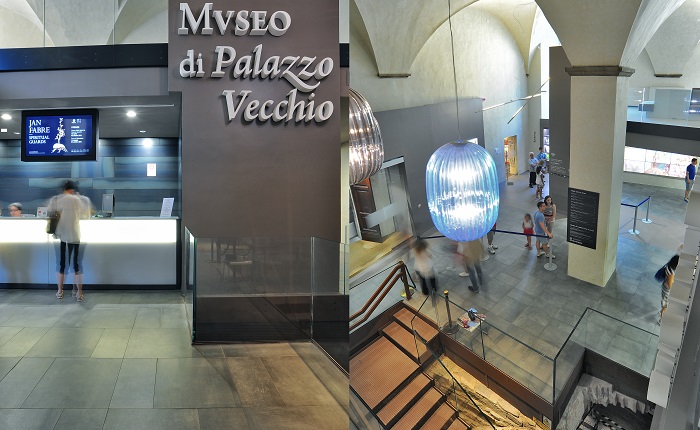
Restructuring of Palazzo Vecchio Museum, Florence, Italy, floors made of Reverse vitrified tiles by Cercom.
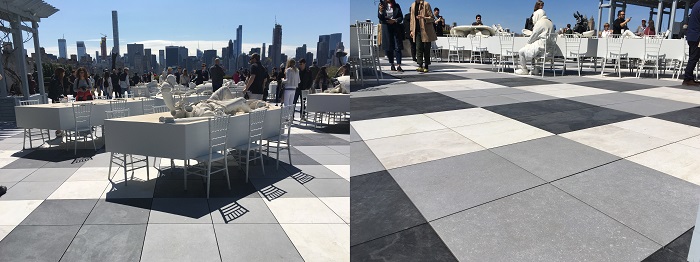
Roof Garden at the Metropolitan Museum of Art di New York (Met) made of vitrified tiles from Del Conca’s due2 range.

Marca Corona Exhibition Gallery for ceramic works. Sassuolo (Modena), Italy.

Oblate Library, Spezzano di Fiorano (Modena), Italy, vitrified tiled floors from Ceramiche Caesar’s Verse range.
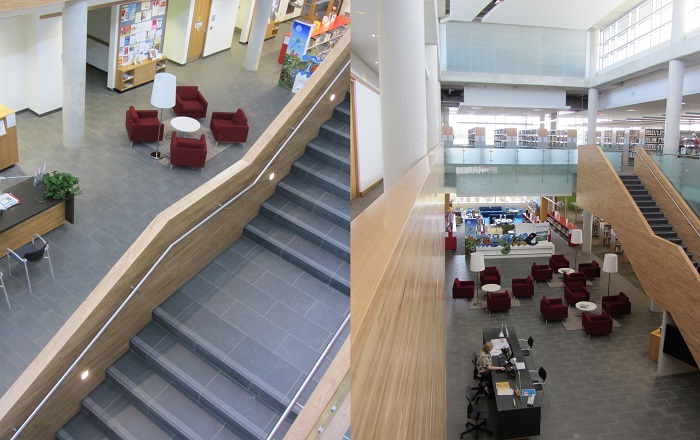
Bradford Library, Canada, vitrified tiled floors from Mirage’s Stones 2.0 range.
Works featuring contributions from Atlas Concorde, Caesar, Casalgrande Padana, Century, Cercom, Coem, Cotto d’Este, Del Conca, Cooperativa Ceramica d’Imola, Keope, Marca Corona, Mirage, Panaria Ceramica, Refin, Sannini, provide an extensive overview of firms belonging to the “Ceramics of Italy” brand.
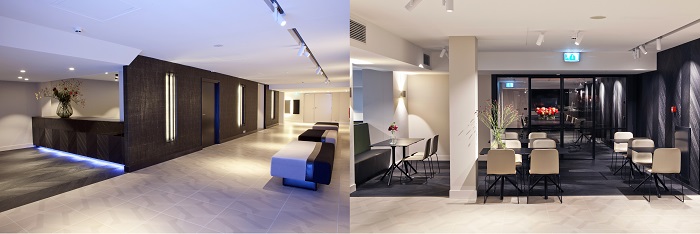
Events space and Spant! restaurant, Bussum, Netherlands (project by Crielaers & Company), vitrified floors from the Labyrinth range designed by Giulio Iacchetti for Ceramiche Refin.
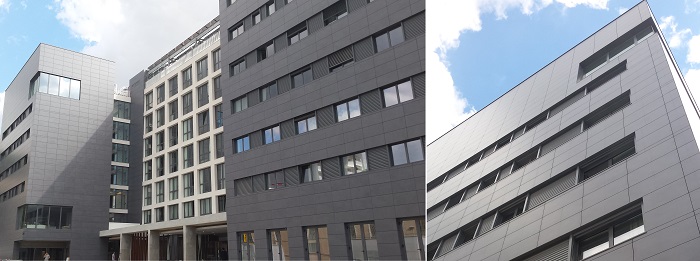
Falciola Foundation Student Campus, Rome, Italy, ventilated façade of vitrified tiles from Cooperativa Ceramica d’Imola’s Micron 2.0 collection.
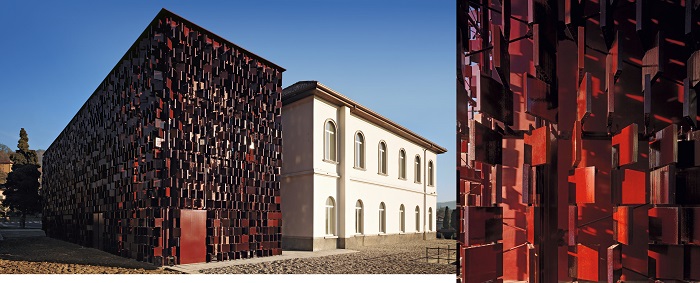
City Library in Nembro/Bergamo, Italy (project by: Archea Associati), sunscreen cladding made of enamelled tiling from Sannini Impruneta’s Externa range. ©Pietro Savorelli.


